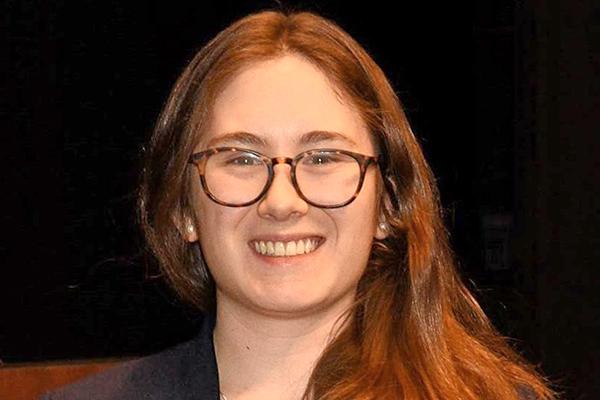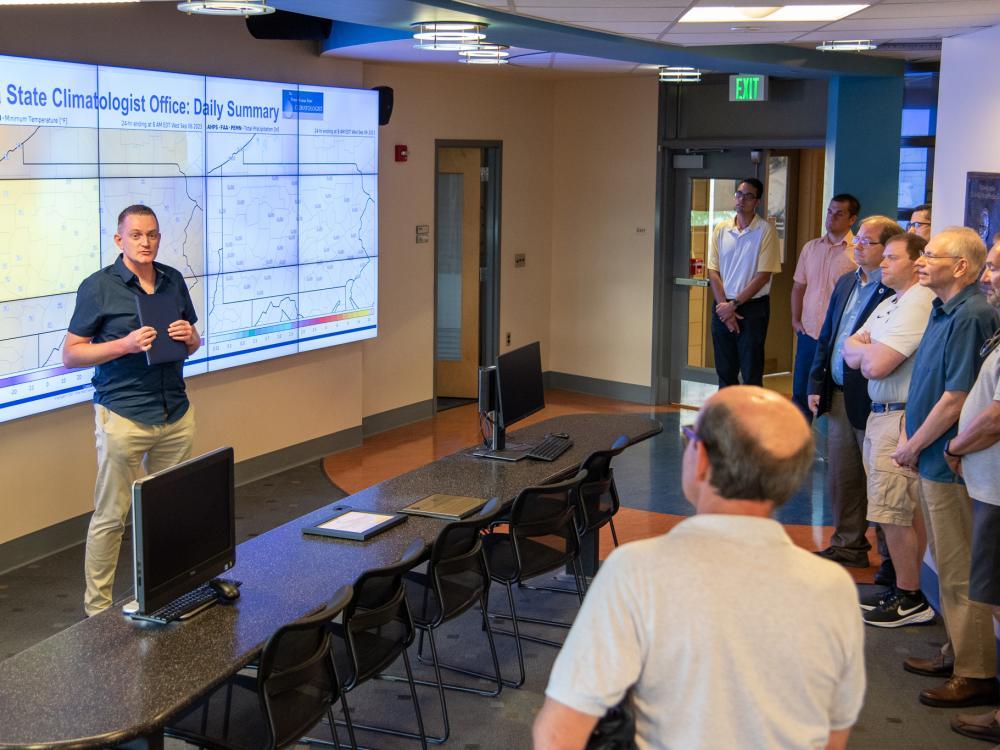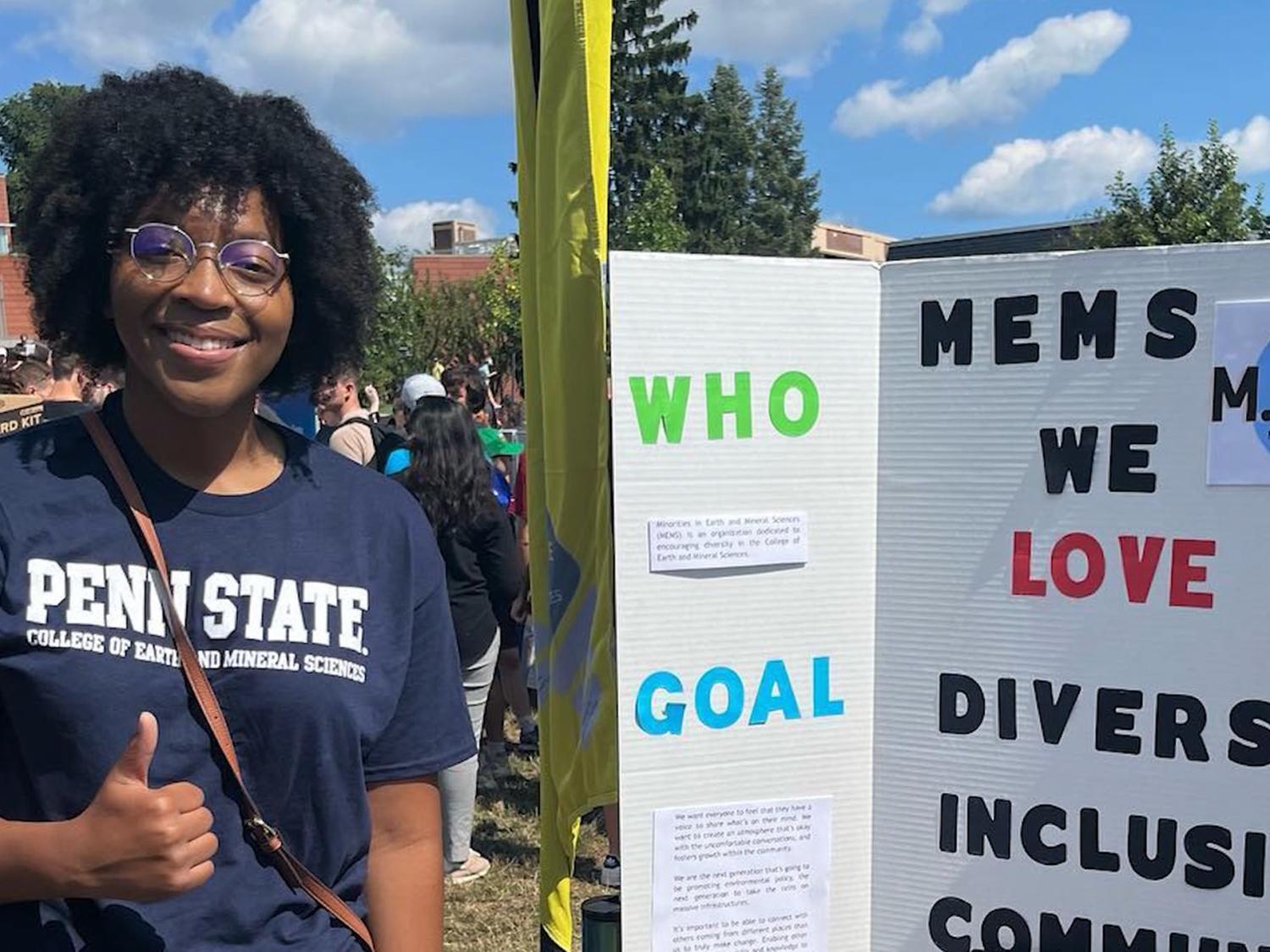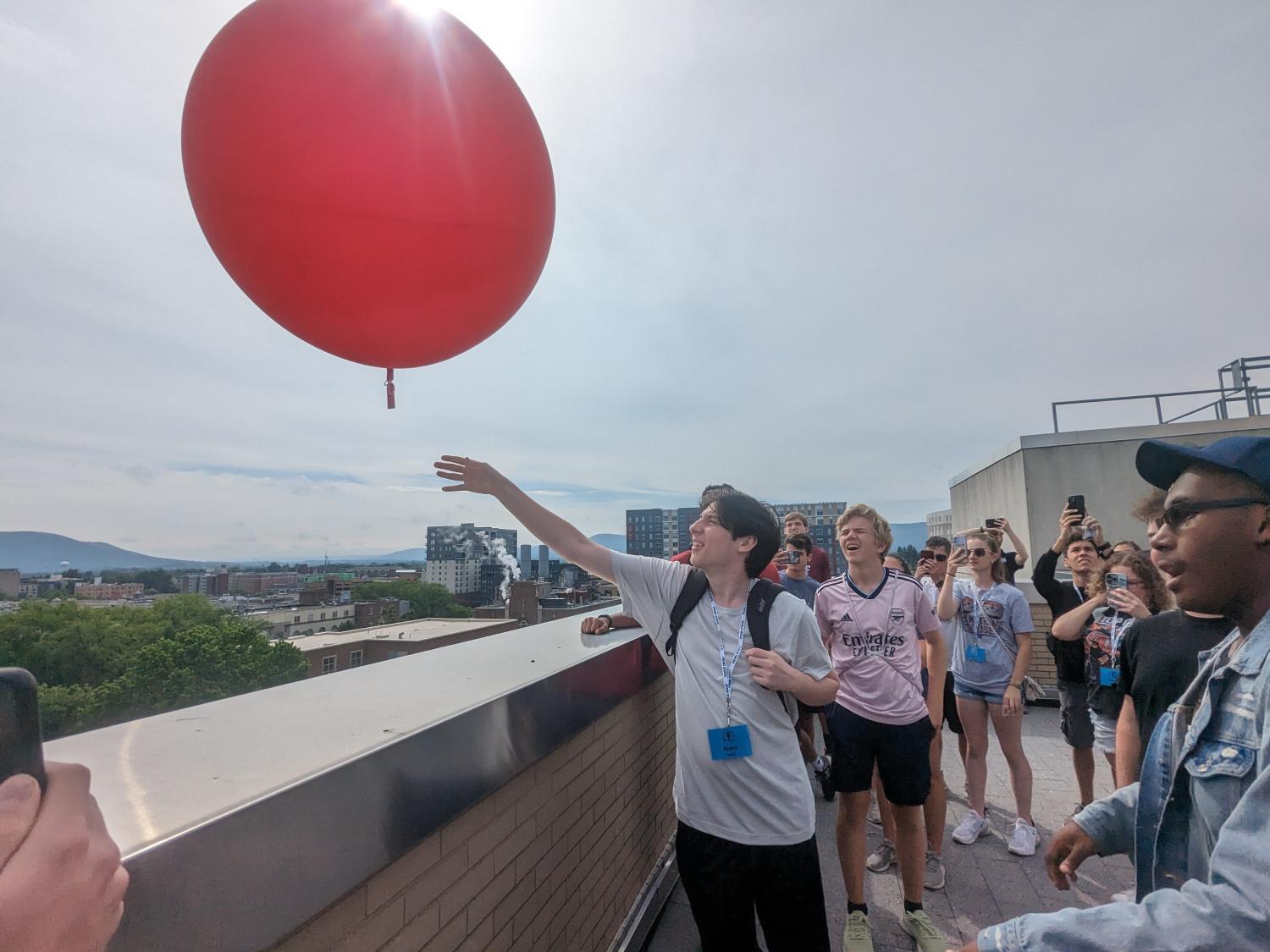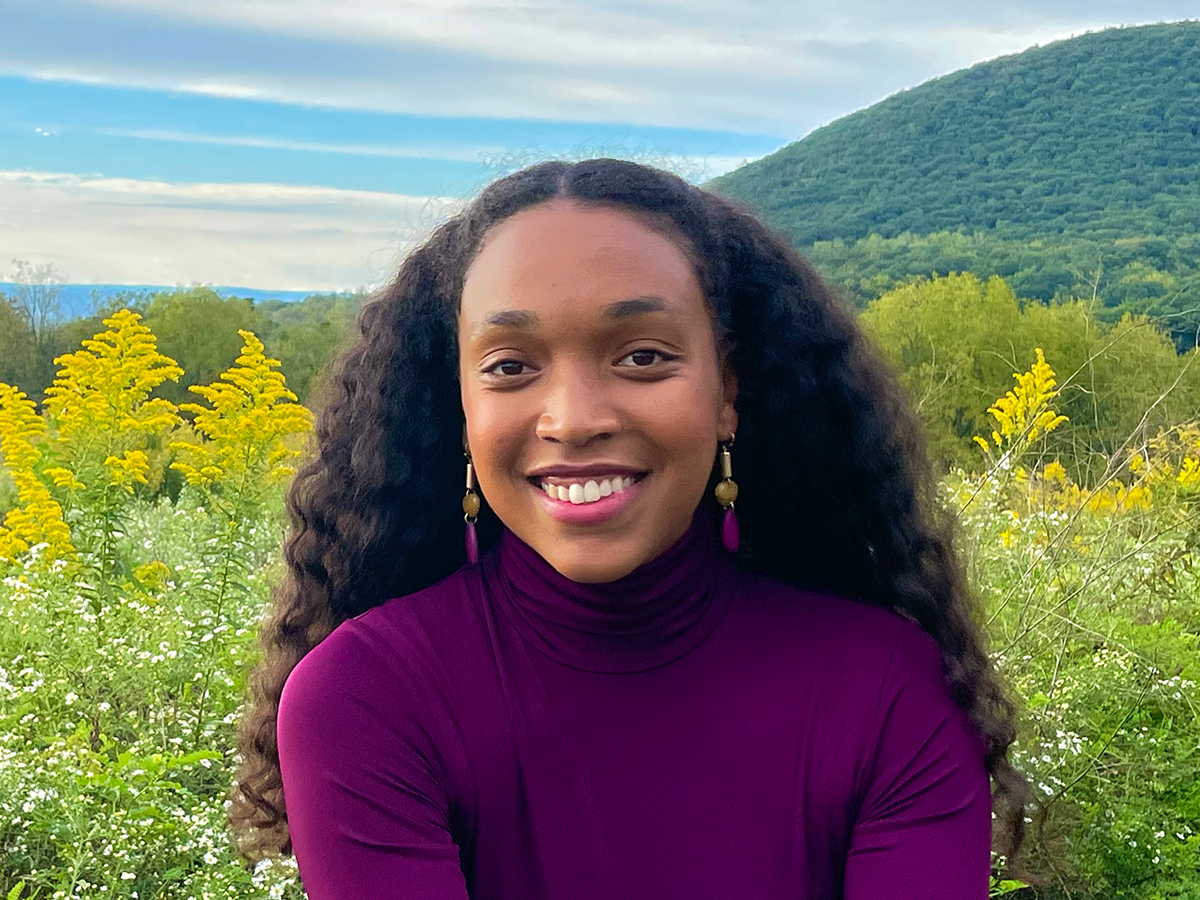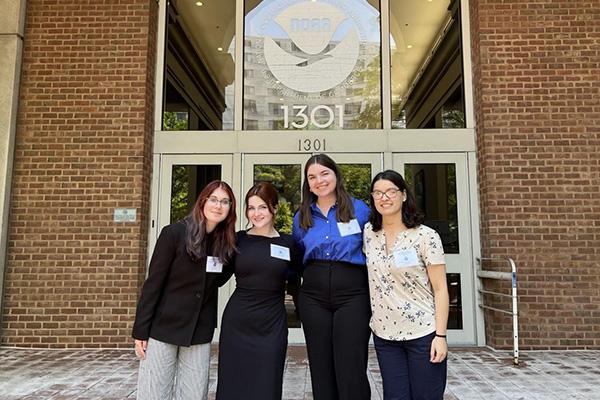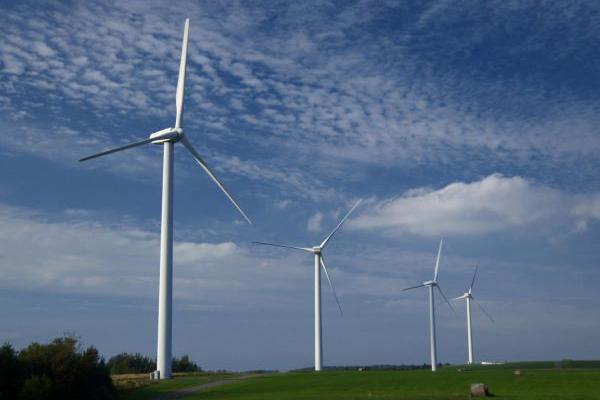Jose D. Fuentes, professor of atmospheric science in Penn State’s College of Earth and Mineral Sciences, will receive a pair of honors in December at the 2023 American Geophysical Union (AGU) annual meeting.
Fuentes has been elected as an AGU Fellow, joining 63 other scientists from around the world in the 2023 class. He will also receive the organization’s Ambassador Award at the meeting in San Francisco.
Martha Christino, class of 2023, was selected for the Young Alumni Ambassador program is a yearlong experience that enhances the connections between young alumni, the Penn State Alumni Association, and the University, She is a now doctoral student at the University of Michigan Rackham Graduate School, focusing on combining climate and energy models to advance sustainable systems through low-impact energy technologies for a sustainable and equitable world.
The World Meteorological Organization (WMO) recently honored Penn State's weather data center — now housed next to the Walker Building, which is home to the Department of Meteorology and Atmospheric Science — as a 100-year weather/climate monitoring site. Penn State has gathered data since 1882, but WMO only recently began awarding the 100-year distinction.
MEMS was founded in 2019 to promote diversity within the College of Earth and Mineral Science by Bryttani Wooten, then an undergraduate student in meteorology and atmospheric science. Wooten graduated in 2021 and is now a doctoral student in geography at the University of North Carolina at Chapel Hill.
WPSU has aired a fascinating special about Weather World at Penn State over their 40 years of production.
Kenneth Davis, professor of atmospheric and climate science at Penn State, will lead a team of 23 investigators from 13 research institutions in a new field campaign supported by the U.S. Department of Energy (DOE) to study surface-atmosphere interactions around Baltimore, Maryland, to see how they influence the city’s climate. The new campaign, called the Coast-Urban-Rural Atmospheric Gradient Experiment (CoURAGE), is expected to start in October 2024 and run through September 2025.
Back when she was in high school, Katelyn Bahr attended Advanced Weather Camp at Penn State, and said it had a big impact on her life. Now a Penn State grad, she has worked as a lead counselor at the camp for three years, working to inspire the next generation of future meteorologists.
“Attending that camp solidified my decision to attend Penn State for meteorology," Bahr said. "I am now graduated with a degree in meteorology and atmospheric science. The counselors I had in 2018 were really nice, and I knew I wanted to study with people like that in college and have the same passion for meteorology."
Aara'L Yarber wants to bridge a critical gap she sees in journalism — localized news tailored to Black communities. Through a National Science Foundation (NSF) internship this fall, the meteorology and atmospheric science doctoral candidate said she hopes to be able to do just that.
Four Penn State students in the College of Earth and Mineral Sciences — Bridget Reheard, left, Mallory Wickline, Jackie Kiska and Asha Spencer — were recently awarded the Ernest F. Hollings Undergraduate Scholarship from the National Oceanic and Atmospheric Administration (NOAA) to advance their research ambitions.
Machine learning technology that can recognize human faces may also help to improve weather forecasts, according to a team of scientists. “The idea behind this work comes from Google’s FaceNet, but instead of comparing your picture to images of faces in a database, we are comparing weather to historical forecasts,” said Weiming Hu, a machine learning scientist at the University of San Diego and a former doctoral student at Penn State.



